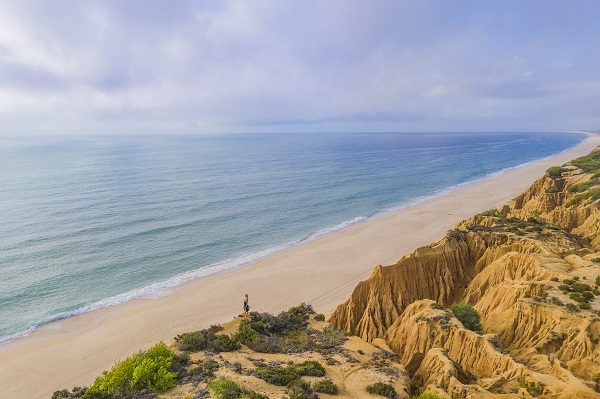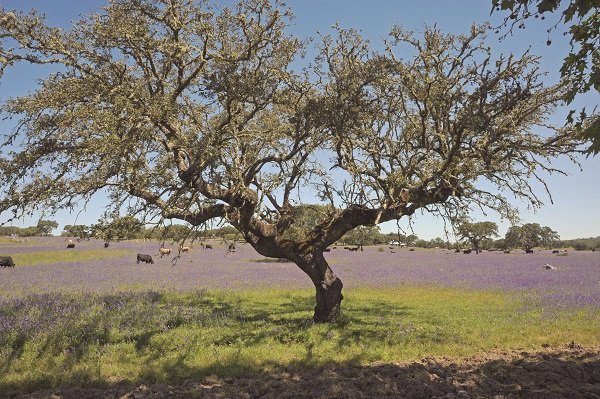What is the Alentejo known for?
The Portuguese often referred to the Alentejo Region as its own nation because it has its own dialect, has a strong Moorish flavor, boasts unique musical traditions, and has walled towns full of white-washed buildings. An hour’s drive from Lisbon, this region accounts for one-third of Portugal--extending from the southern banks of the Tejo River to the mountains of the Algarve just to the South. Despite its size, the Alentejo’s population is small. The region enjoys mild winter weather, while its cork forests have supplied cork to the world for centuries. Its main cities are Évora, Portalegre, Beja, and Sines. During the summer the green stands of cork oaks turn the flowing plains of the Alentejo into a romantic place of sun and shadows. Wine estates, olive groves, or a white and blue or yellow house on a hill occasionally interrupts these ancient forests, which have produced cork for millennia.
What does Alentejo mean in Portuguese?
The word Alentejo refers to a geographical, historical, and cultural region of south–central Portugal. In Portuguese, its name means "beyond,” or além, the Tejo River. The picturesque Alentejo region is an hour's drive from Lisbon. It is bordered to the North by the Tejo River and, to the South, by rolling plains that taper into mountains to the East and into Portugal’s southernmost region, the Algarve. The Atlantic Ocean is the region’s western border.
Does the Alentejo have beaches?
Yes, some of the best and most protected in Portugal. From Tróia the Algarve has sandy beaches and cliffs that extend for miles. Southern cliffs give place to open cove beaches of natural beauty. Alentejo also offers river beaches on lakes and streams where it is possible to enjoy the sand and sun.
The Parque Natural do Sudoeste Alentejano e Costa Vicentina (Southwestern Alentejo) and Vicentina Coast Natural Park offer protected beaches and villages with great hiking, surfing and cycling. Cyclists can follow the beach roads carefully, stopping in at little fishing hamlets and picnicking under the sea cliffs or the lollipop-like pinheiro manso pine trees. Protected by the Southwest Alentejo and Costa Vicentina National Park, the 70 + miles of coastline from Sines in the Alentejo to the Algarve is one the most stunning in Europe.

Is the Alentejo worth visiting?
If you haven't been to Alentejo, you may be missing one of the most beautiful parts of Portugal. Some compare it to Tuscany and Provence, with rolling hills, vineyards, and charming walled towns.
The Alentejo’s Cork Country has distinct seasons, with a green spring rich in wild flowers. In the early summer, storks build their nests on rooftops in whitewashed villages, and the heat turns the plains to gold. The winter is mild, but the open fields become bright yellow-green, and the shepherds dress in long capes to stay warm.
If you’re looking for a place of rural tranquility, the Alentejo is the place to explore. With endless blue sky, dry summers and cork forest Alentejo landscapes, its slower pace of life (called Vagar), this is well worth the time. It’s a land where the simplicity of nature joins a people who remember what the rest of the world seems to have forgotten.



